Buy Termeh Online
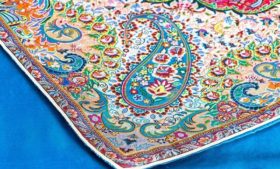
Termeh Sermeh Persian Handicrafts Store Iranian HandmadeBuy Termeh is a precious fabric woven from very fine fibers. It is one of the exquisite textile handicrafts of Iran. Curved patterns such as paisley patterns and so-called Shah Abbasi flowers in different colors are used in Termeh. Termeh is woven with a variety of designs in different parts of Iran. Isfahan and Yazd Termeh is very famous for its beauty.
Buy Termeh online from Sermeh online store. Yes, you can but first you may need to know what it is. Its material is a delicate fabric that is made of two sets of warp and weft yarn woven by hand. It is made of wool and silk with Iranian original and traditional patterns. For weaving it, high-quality silk and wool with long fibers are used. The yarns are dyed with herbal dyes and natural synthetic materials; mostly with jujube, red, green, orange, and black.
In the past, these weaves were done by hand and the weaver’s name was woven in the corner of it. Termeh is a very valuable and expensive fabric. It is one of the best types of Iranian textiles that have been produced since ancient times. Termeh, which is a very delicate fabric, used to be made of fluff or wool, but today it is made of natural silk or viscose.
Buy Termeh from Sermeh – High-Quality Termeh Luxury Tablecloth (9209)
Purchase online – Termeh from Sermeh – Termeh Luxury Tablecloth (9207)
Sermeh Online Store Sells Termeh – Termeh Handmade Luxury Tablecloth (9206)
An overview of the past – Buy Termeh Online
The use of time fabric in various products such as tablecloths, runners, cushions, rugs, bedspreads, embroidery, ties, clothes, etc. has long been part of Iranian culture. In the beginning, Zoroastrians were the founders of the art of time weaving. They used it to sew traditional and religious trousers and clothes, especially for their ceremonies and celebrations. Its striped type was used as a special belt. Buy Termeh Online from Sermeh.
At first, it was woven completely handmade without the intervention of any machine. Later, in the following centuries, traditional Termeh weaving machines were made; and until forty or fifty years ago, all Termeh was woven with the same traditional machines. With improvements in industry and the advent of knitting and weaving machines in this field, now it is made fully with machines and woven from silk in different qualities and thicknesses.
Today, with the development of the textile industry and the improvement of the texture of Termeh fabrics, it is woven in various designs and colors. It is used to make relatively new products such as frames of paintings, cushions, quilts, curtains, furniture covers, exquisite books, boxes, jewelry boxes, clothes, shoes, and embroidered tablecloths. These are the most important products made of Termeh fabric.
In the past, only kings and courtiers used Termeh, but now it is available to the public.
Different patterns of Termeh – Buy Termeh Online
Termeh fabrics are made in different original Iranian patterns. These patterns are among the best weaving patterns. Termeh patterns affect its price. Termeh is evaluated by its different patterns and priced based on the designs used in it. By Termeh online from Sermeh. The different patterns are as follows:
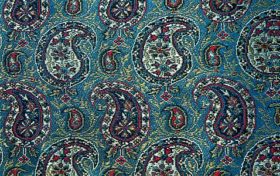
Paisley Pattern – Termeh
paisley pattern: A pattern similar to a bent cypress tree; and it is very old. It is narrow and curved on top, round and fat in the middle point. This pattern is considered to be a symbol of the cypress tree and belongs to the Zoroastrians; which is a sacred tree in this religion and belongs to the Sassanid period. Then it was believed that the tree had been bent due to resistance and humility.
These traditional Iranian patterns were taken to India during the Safavi era and were gradually used in Kashmir shawls.
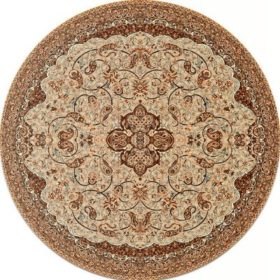
Shah Abbasi flowers
Shah Abbasi flowers: Shah Abbasi flowers are rose flowers that have been cut vertically and divided into two halves. This pattern is one of the most popular and famous patterns for Termeh.
Cloak bush (boteh kherqeh): Another pattern used in termeh. The cloak bush is similar to a large pine in which the flowering branches are used.
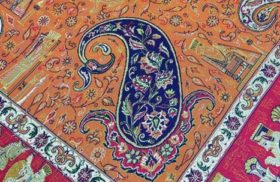
Cloak bush (boteh kherqeh) – Buy Termeh Online
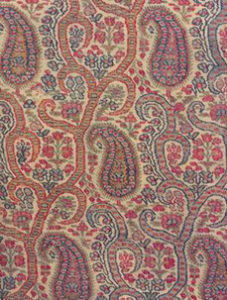
Antler termeh
Antler: antler bush is a pattern in which the head of the bush is stretched with a maze-like deer antler and is used in Termeh design.
The original Iranian Termeh is lacquered or jujube red; and has the paisley pattern or bent cypress. From the combination of all these designs, the beautiful and famous fabric is made. In general, the contrasting colors used in Termeh give it a double beauty.
Applications and types of Termeh – Buy Termeh Online
In the past, Terme was sewn in smaller pieces according to their texture and type of use, which was also called a shawl. Smaller pieces were sewn together from the back so that its sewing was not clear at all. Today, machines are used to weave it and herbal dyes are used instead of chemical dyes.
Isfahan square Termeh tablecloth – Buy Termeh Online
This tablecloth is square and its old name is Baqcheh (bundle). This square tablecloth can be used to decorate a dining table, tea table, or even a round table.
Runner
This tablecloth is actually a Termeh fabric that is 170 cm by 50 cm, is used to decorate dining tables for 6 to 12 people, and is also used for conference tables.
Kashmir shawl
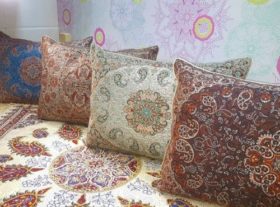
Termeh
Types of shawls with Kashmir texture that have the paisley pattern, a deer antler, or a tree.
Amiri Termeh shawl
As its name suggests, it is one of the types of Kashmir shawls used in courts, in which the paisley pattern and deer antlers are usually seen.
Atabaki Termeh shawl
It is a Kashmir shawl which is made of very soft and delicate wool.
Proper maintenance
Precious Termeh fabric needs care and you need to know how to use this fabric. This fabric has high strength and durability, but is very sensitive to light and moisture; this fabric should not be exposed to direct light because its natural color is lost. This fabric is very delicate because of the silk used in it. Therefore, be very careful to wash it; it is better to use dry cleaning or steam washing.
To wash your Termeh tablecloth, it is better to shake it first to remove dust and then wash it with lukewarm water and hang it without pressing. To dry it, it is better to spread it horizontally and dry it in the outdoors.
To iron Termeh fabric, iron it on a cotton cloth upside down so that its beautiful appearance does not change.
History of termeh – Buy Termeh Online
The beginning of termeh weaving in Iran dates back to the early Safavi period; although some believe that the main birthplace of it is the heart of Central Asia and the Kashmir highlands. However, some believe that Termeh weaving first started in Iran and then spread to Kashmir.
What can be said about this very delicate fabric is that the taste and initiative of Iranians in the elegance of its texture, material, and imaginative designs are unique in the world. This art reached its peak of prosperity and development during the reign of Shah Abbas Safavi, which became famous in the world and became one of Iran’s export products.
Dyeing with natural and herbal dyes – Buy Termeh Online
The dye of Iranian Termeh is usually made from natural plants. This dye may be obtained from the roots, trunk, leaves, flowers, fruits, or bark of plants. Since it is very difficult to preserve woolen fabrics, they have been lost due to moisture, so little information about their dying process has remained.
Termeh weaving steps – Buy Termeh Online
Ingredients: The first stage of weaving is to prepare its raw materials. Termeh is usually woven from wool and silk, but white wool is the most common wool used in weaving; because it can be dyed with any color
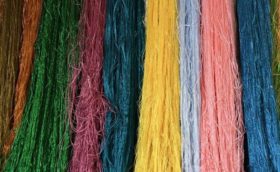
Termeh weaving
you want. The used wool should be high quality and have long fibers. Iranian and Kashmir sheep have good soft and strong wool and are shiny and white.
The period of Shah Abbas Safavi can be considered as the peak and flourishing period of the Termeh weaving industry; because Shah Abbas invited prominent designers from China and Armenia to Iran to teach their new art to Iranians. For this reason, Termeh of that time found a special beauty and prominence.
Washing wool: After preparing the best wool, the first step is to clean the wool from grease and dirt. The Iranians usually wash the animal in water for 10 minutes before shaving the fleece, then soak it in alkalis to separate the grease material from the wool. Then wash it several times with water to clean the impurities until the wool becomes shiny.
Wool bleaching: In Iran, two methods are used to bleach wool.
Method 1: The wool was spread in the meadow to become whiter after the dew was absorbed and evaporated during the day, and this was done in several steps.
Method 2: Use sulfur derivatives to bleach wool.
Color fixation: After the wools have turned white enough, it is time to dye them; which is one of the most important steps in preparing wool. Because dyes that are used directly do not have durability and stability, so Iranian dyers use chemical materials to solve this problem. These mineral chemicals increase the absorption of dye in wool.
Some of these chemicals are White alum – tin – zinc – chlorine – lead and other sulfates. Termeh Sermeh Buy it online directly from the Iranian Suppliers.

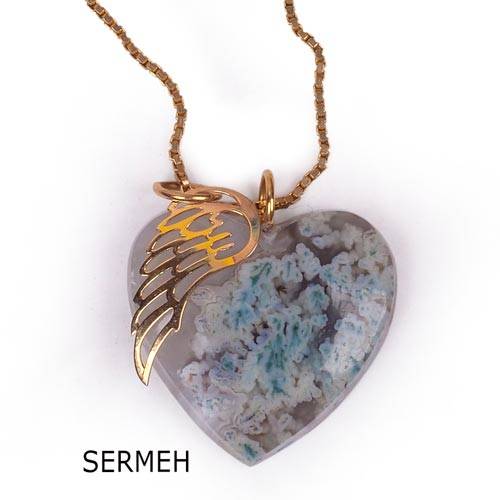
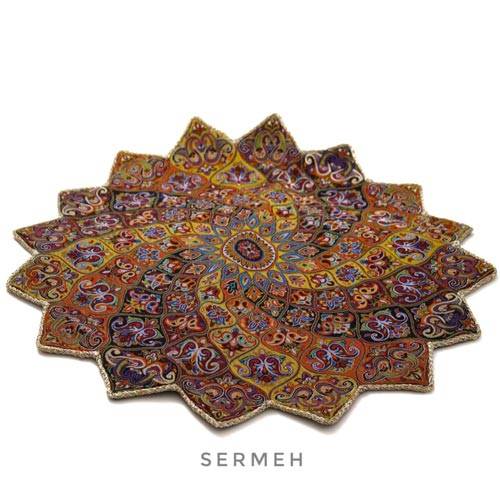
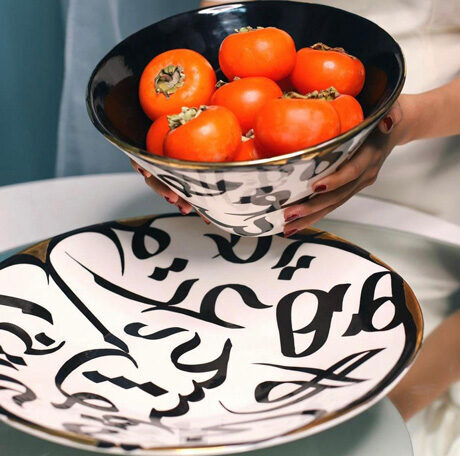
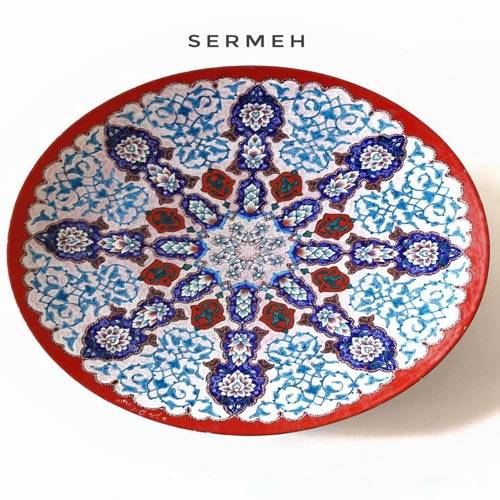
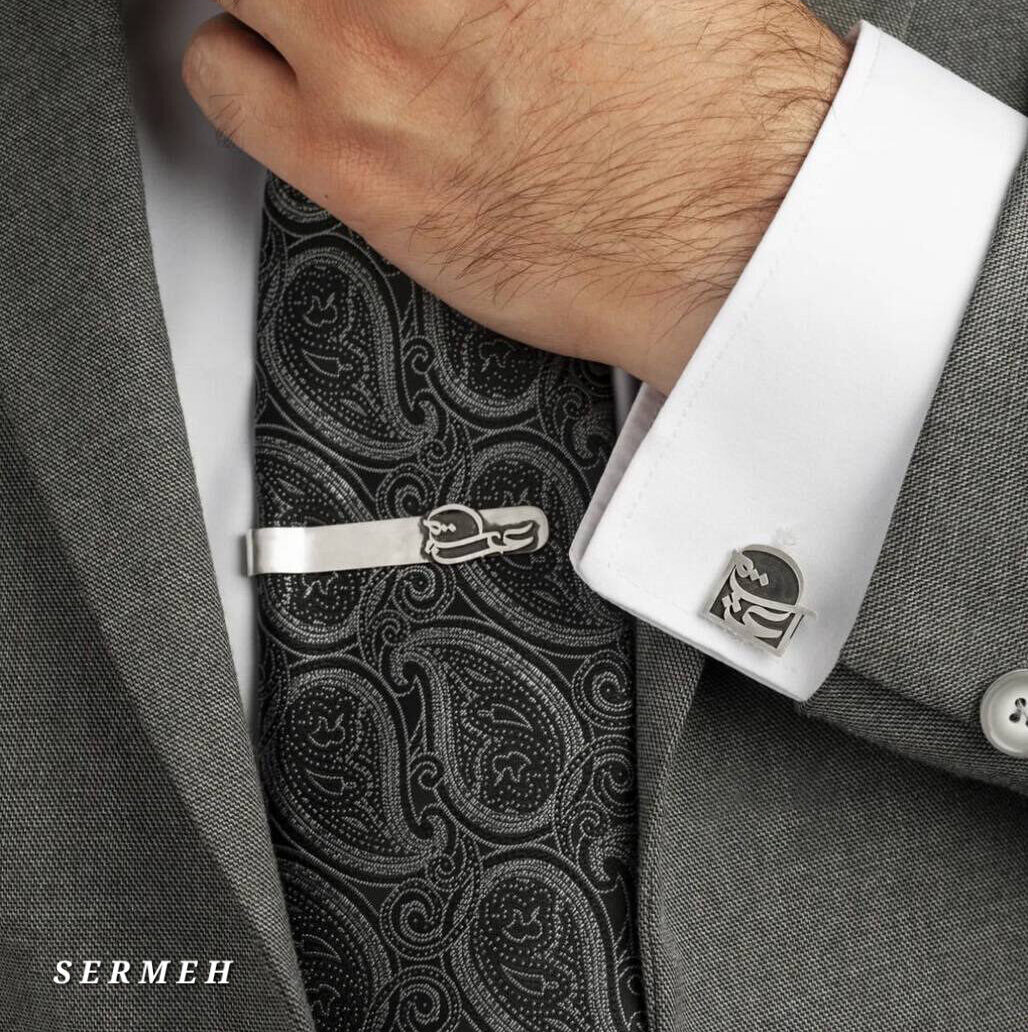
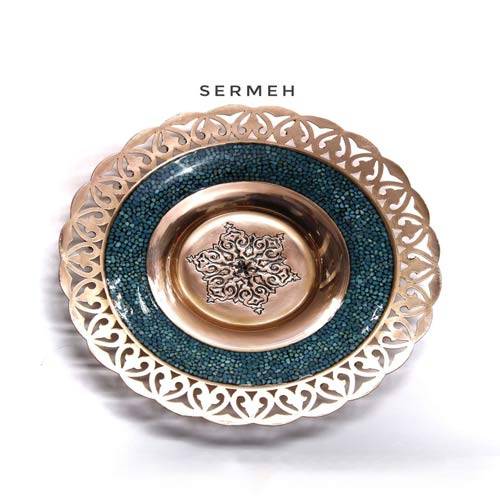
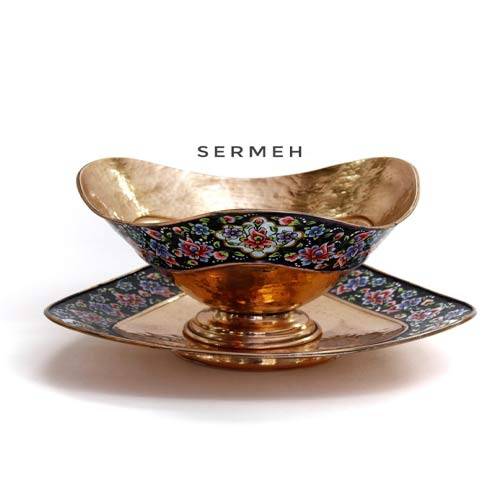
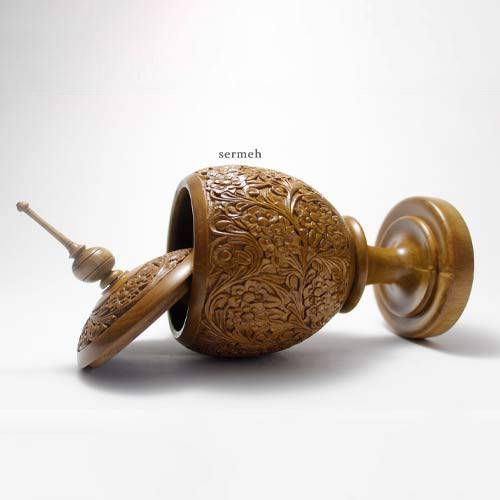
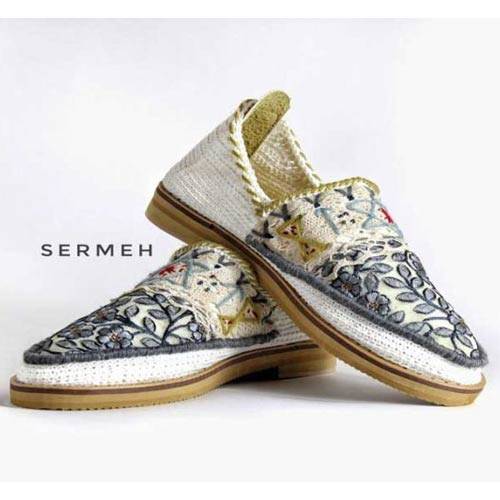

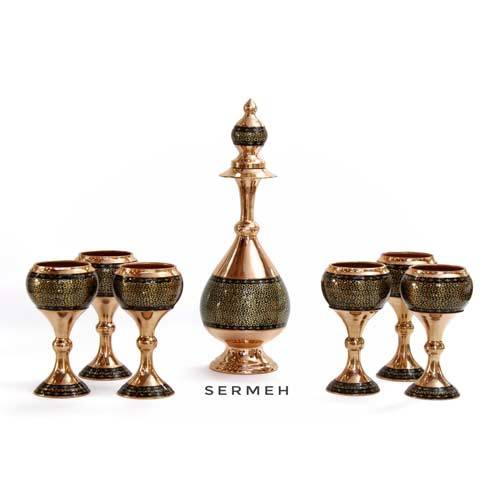
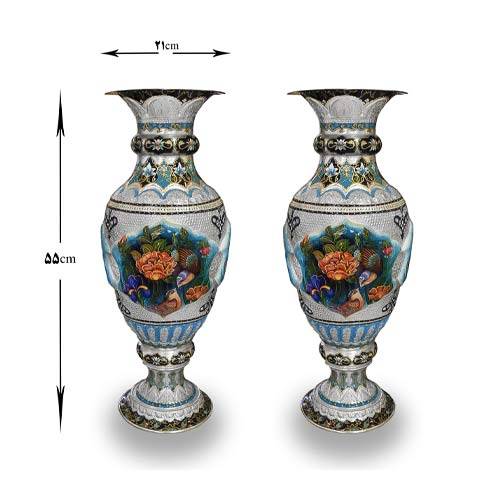
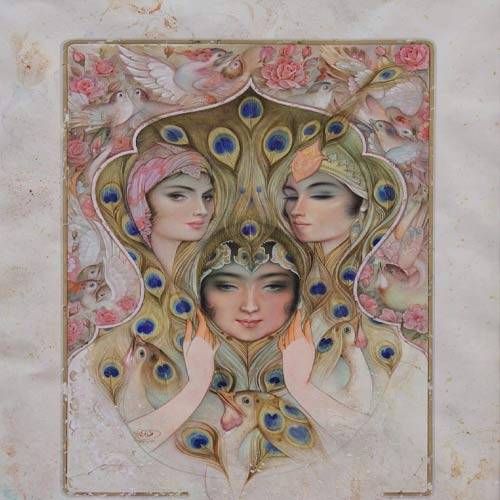
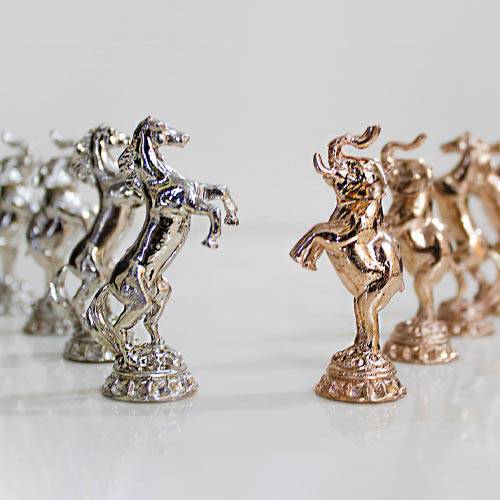
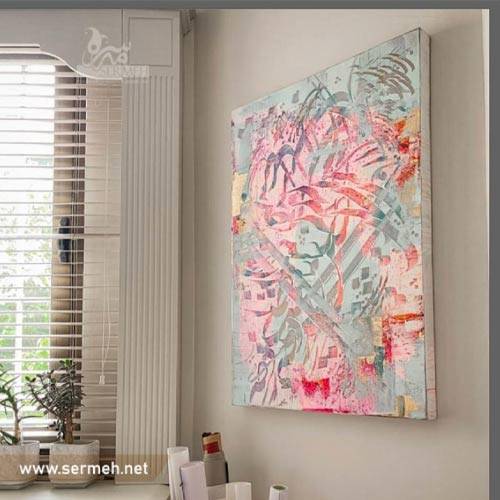
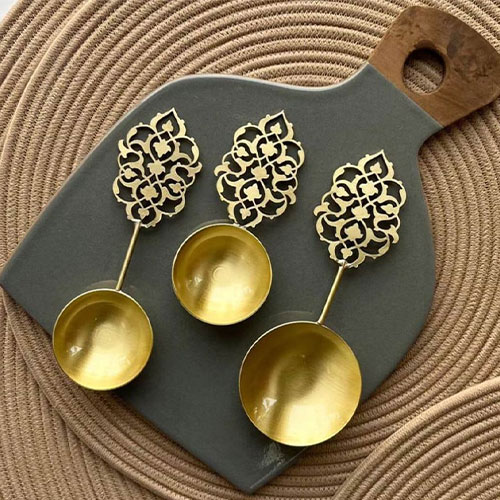
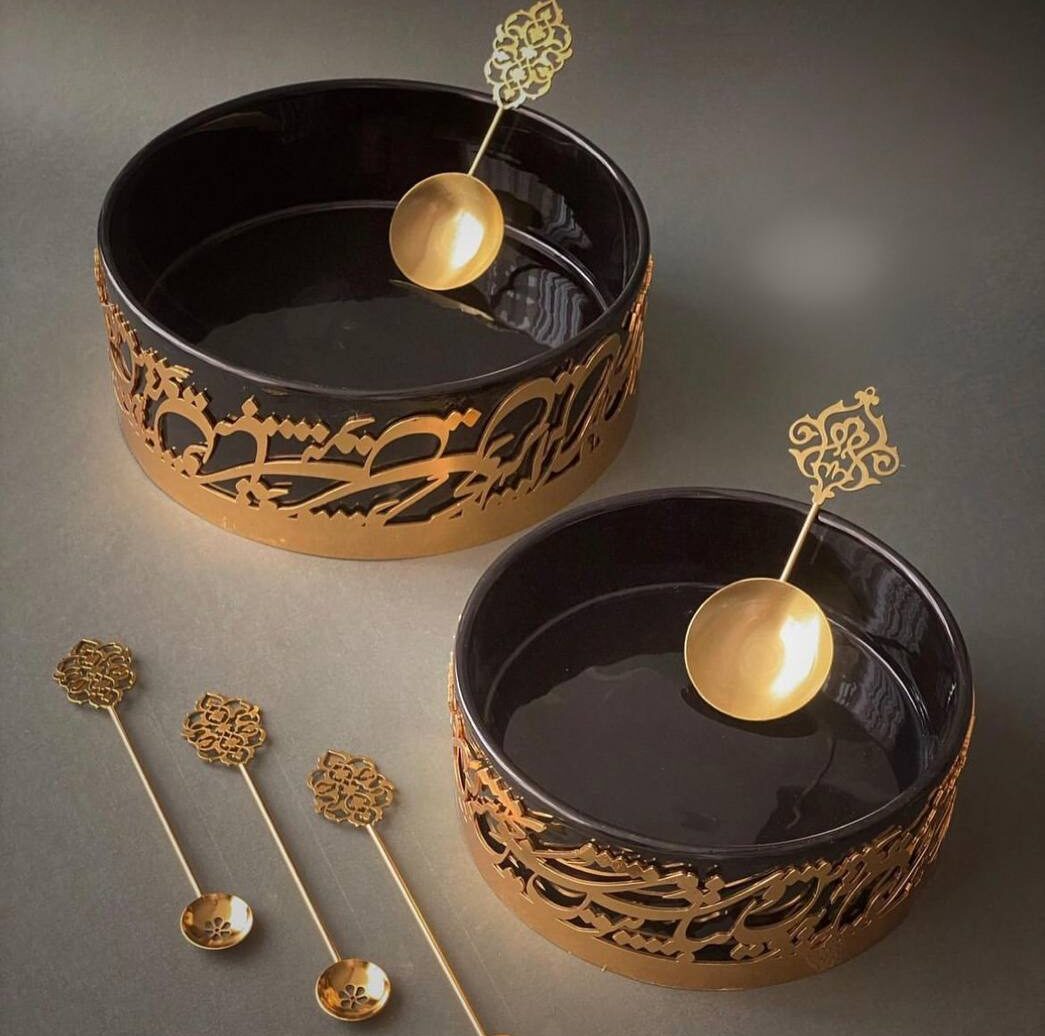

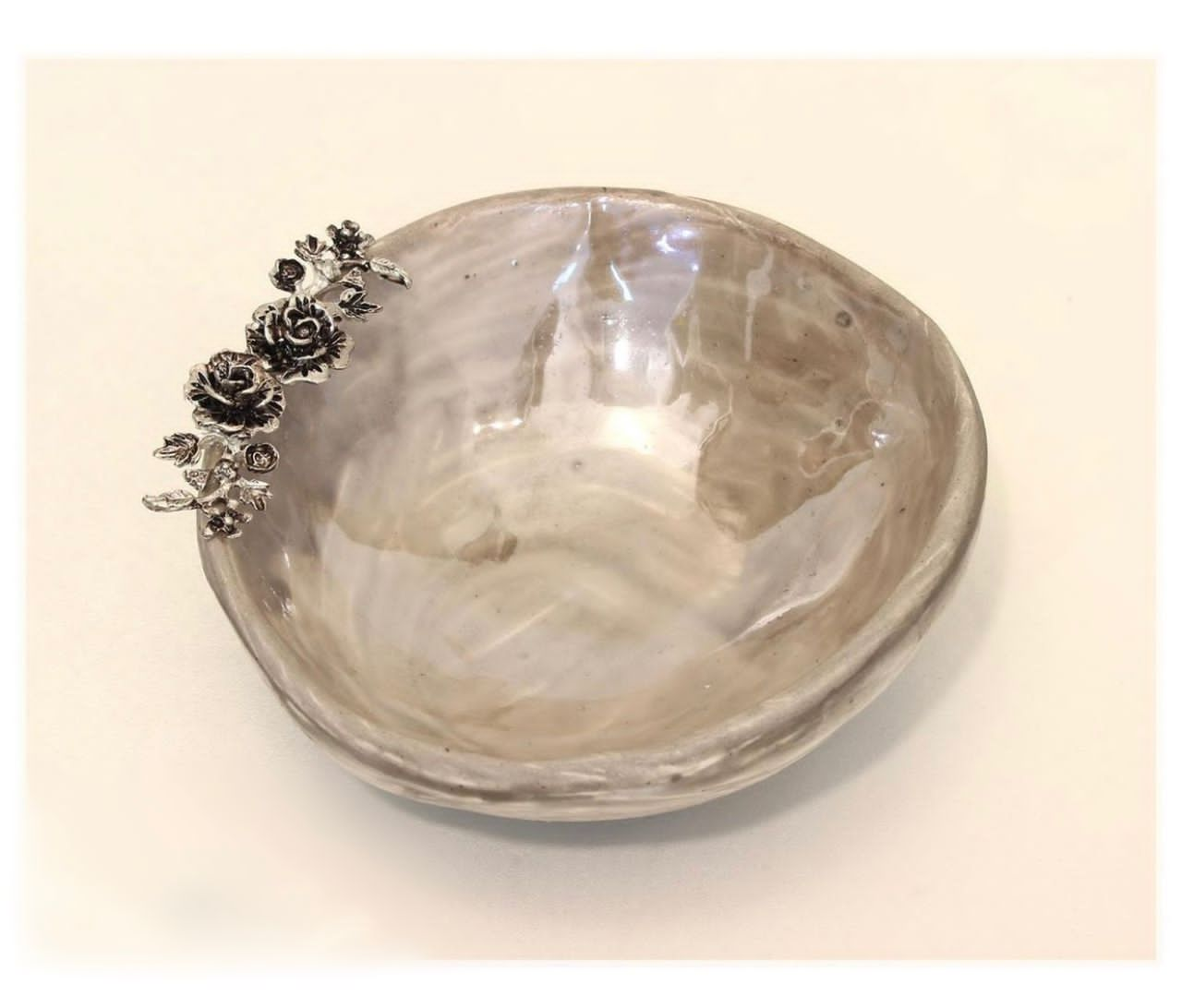
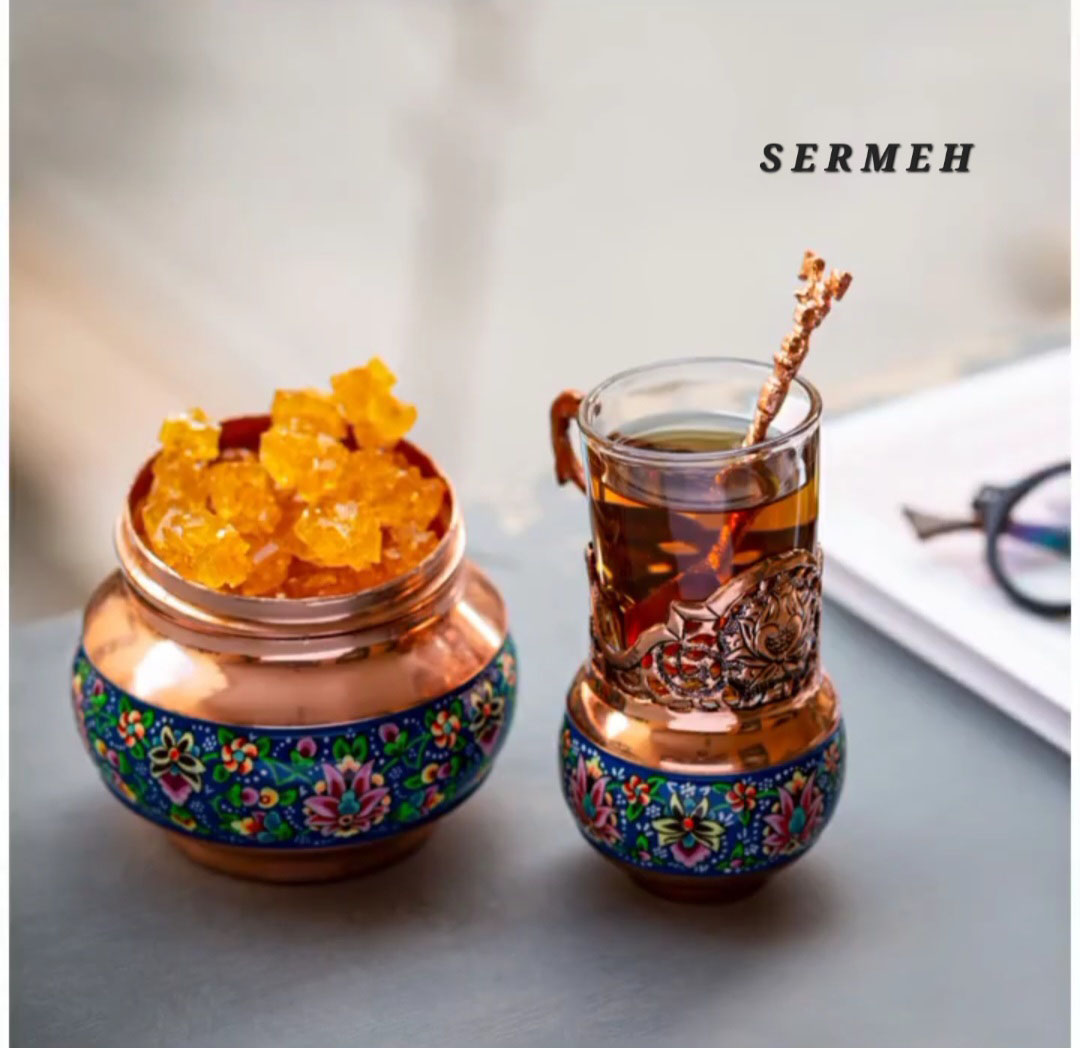
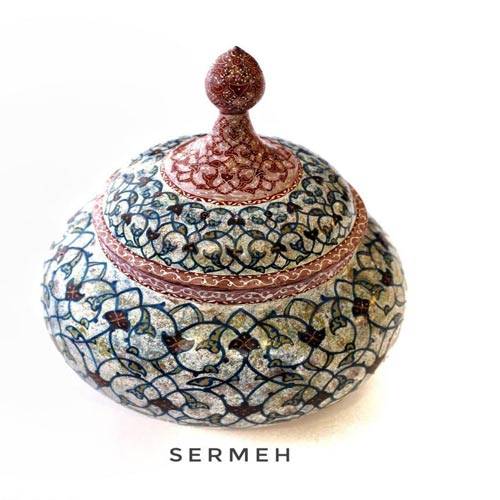
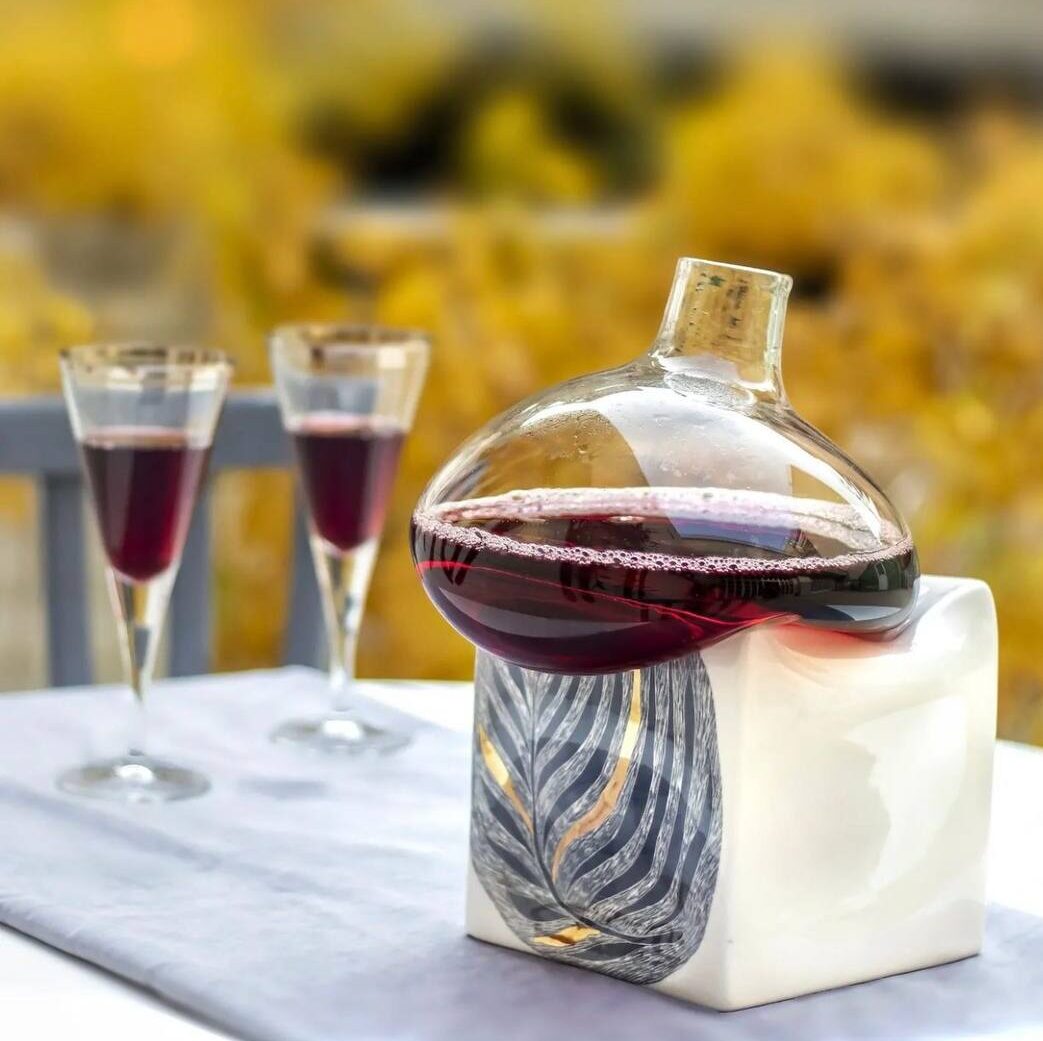
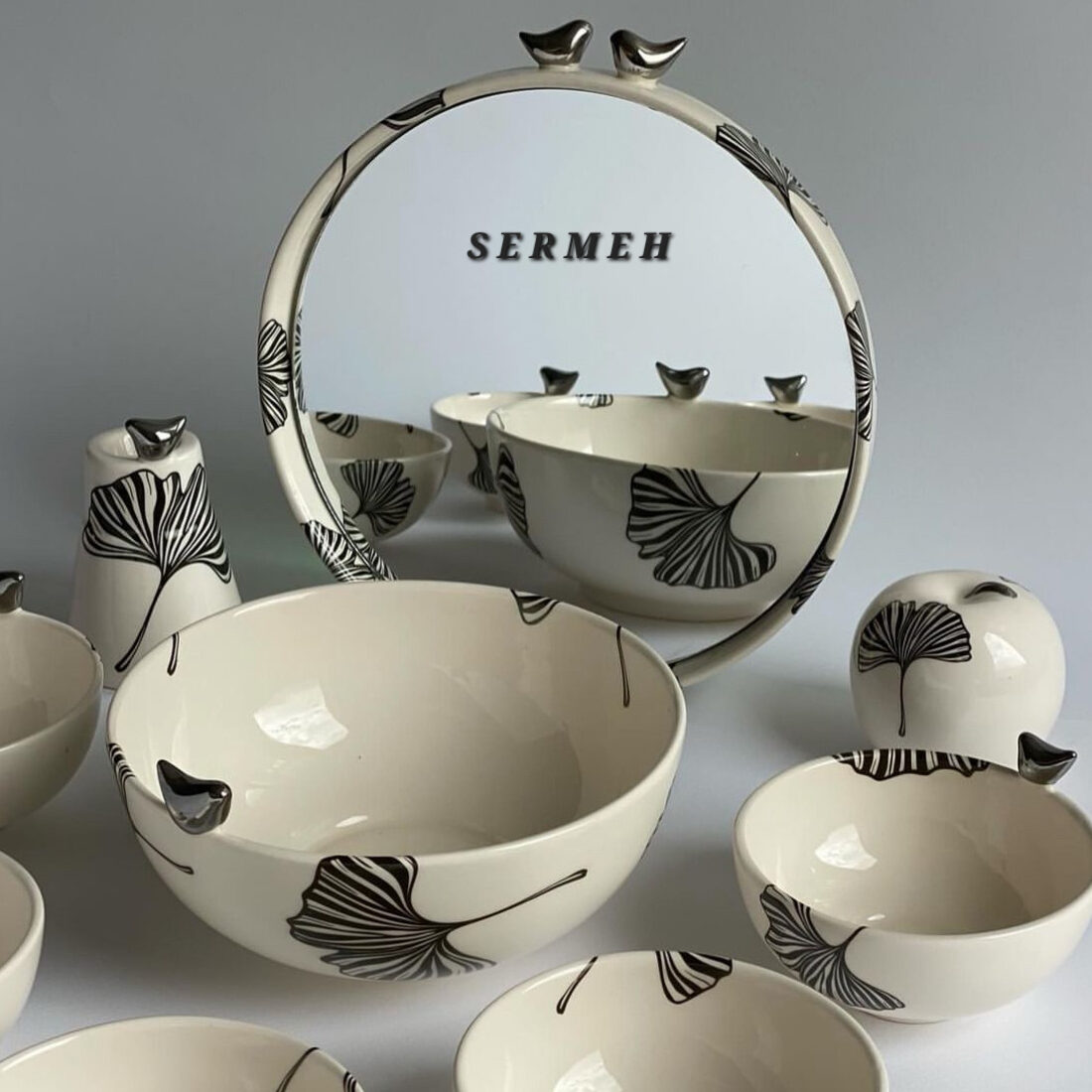
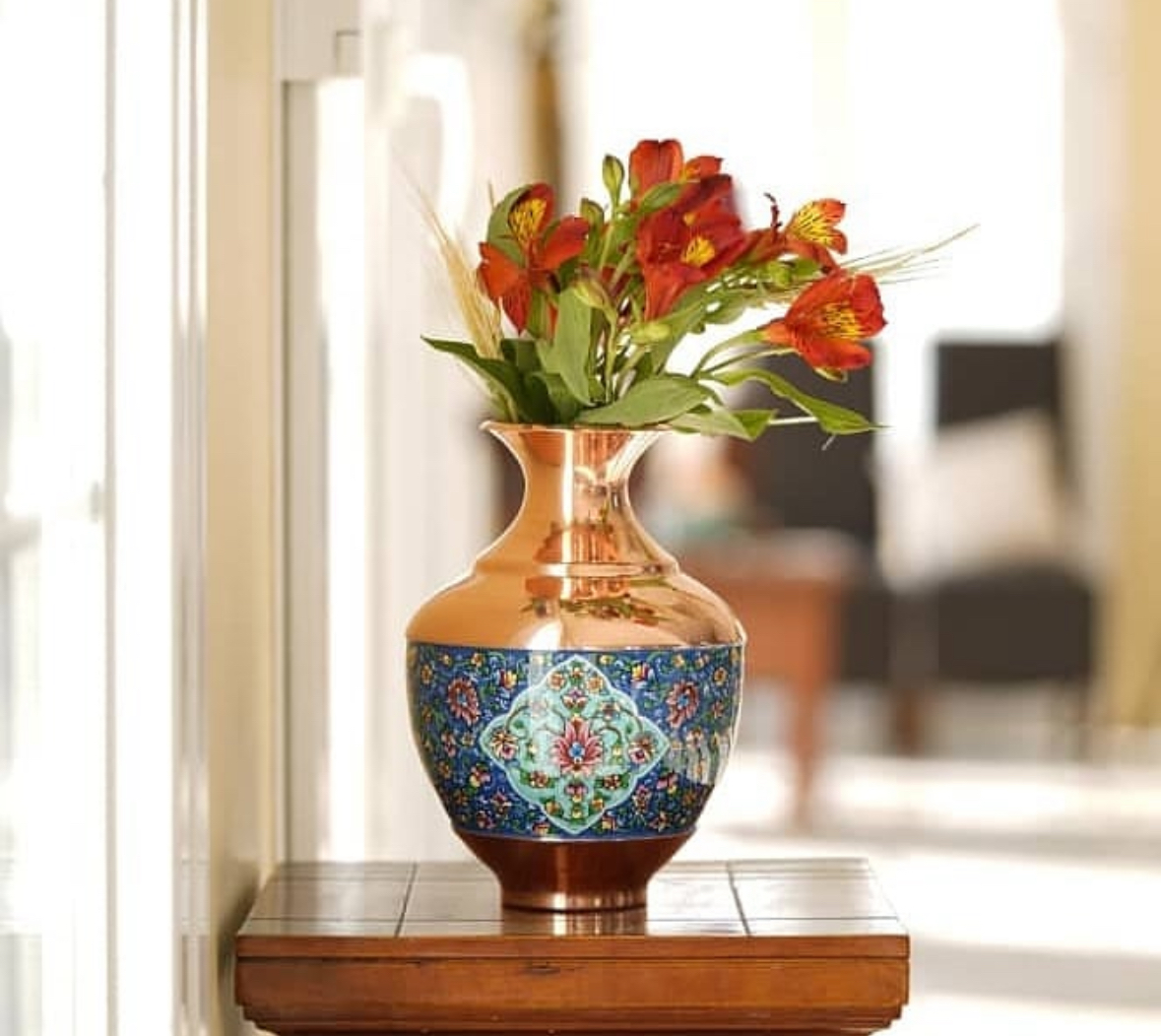
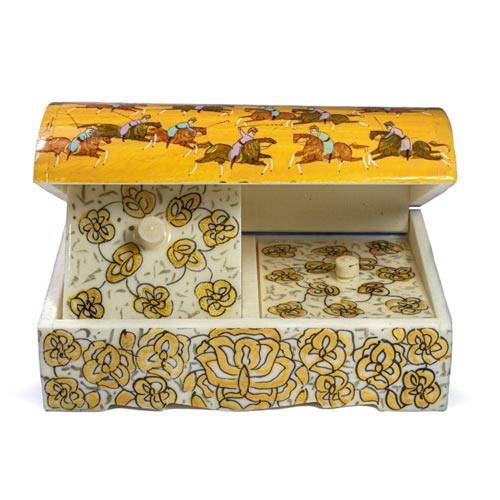
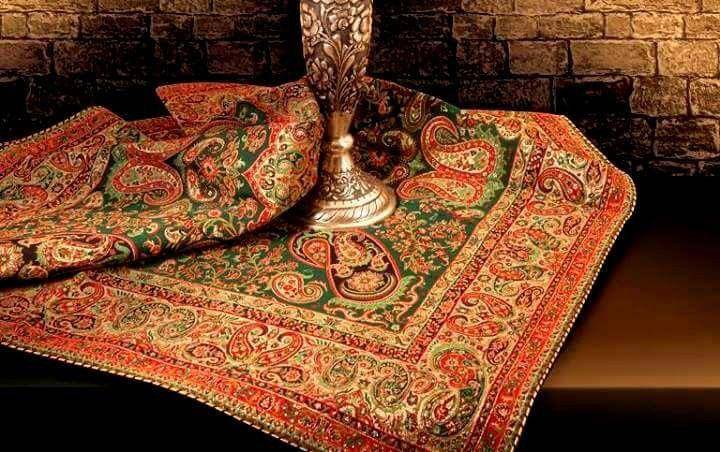
Hello,
what is meant by “fluff” in the material discussion at the top. Is fluff goat wool? Wool, probably means sheep wool, silk and viscose are pretty clear. Although may viscose be made from more than one thing?